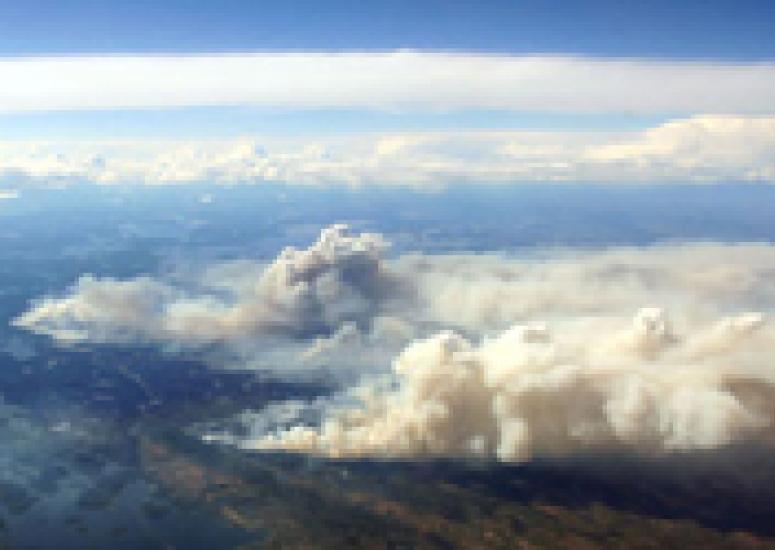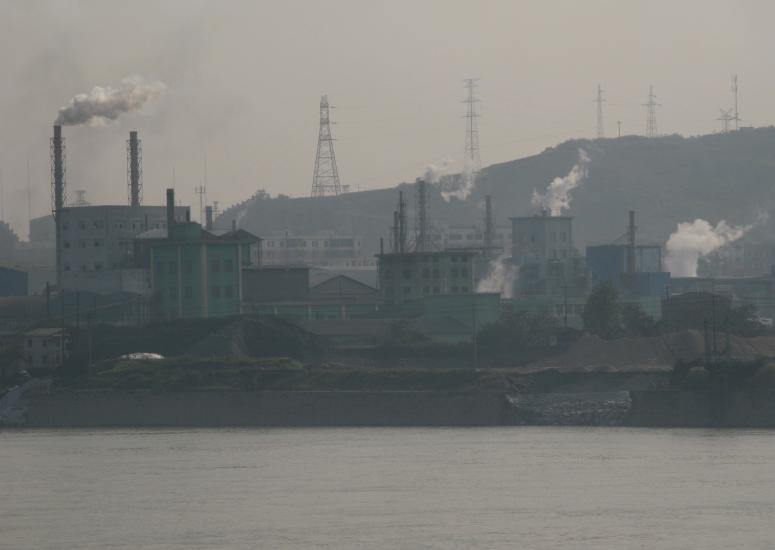-

Air pollution: It all depends on your perspective
There’s only so much air to go around. Since we inhale trillions of molecules with every breath, a few of them may have been exhaled by people who lived hundreds or thousands of years ago.
- Air Quality
-

Pollution from Asia circles globe at stratospheric heights
The Asian monsoon is providing a pathway for pollutants to rise high in the atmosphere.
- Air Quality
-
Salt Lake City’s dirty winter air to get a close look
The greater Salt Lake City area is known for harboring some of the most polluted air in the country during the winter. A team of NCAR researchers is gearing up to collaborate on a study of the winter weather inversions that cause the city's poor air quality.
- Air Quality
-

Ozone past and future
A growing body of research now confirms that the Montreal agreement averted at least one catastrophic form of climate change, even if others still loom. "The Montreal Protocol is a major success story," says William Randel.
- Climate,
- Air Quality
-
New insight on the atmosphere’s tiniest particles
A team led by NCAR's Jim Smith has found that aminium salts make up as much as half of the mass of newly formed particles in places as diverse as Atlanta, Mexico City, northeast Colorado, and Finland.
- Air Quality
